Four new Corbett Estates
The historian H.J. Dyos has divided the growth of Victorian London into three stages: an increasingly dense build-up of the population in the centre; its spill-over into the outer districts of London after 1860; and following 1890 the development of the outer suburbs of Greater London into the hinterlands of metropolitan Middlesex, Essex, Surrey and Kent. Ilford – a little to the east of Forest Gate – is a good example of the third stage, post 1890 5.
When Archibald first arrived, it was a sleepy little town of about 10,000, but by the time his fourth estate there was nearing completion in 1911, the population had rocketed to nearly 80,000. He wasn’t the only large-scale builder operating in the town, but he built more houses than anyone else, and can justifiably claim to be one of the great founders of suburban Ilford.
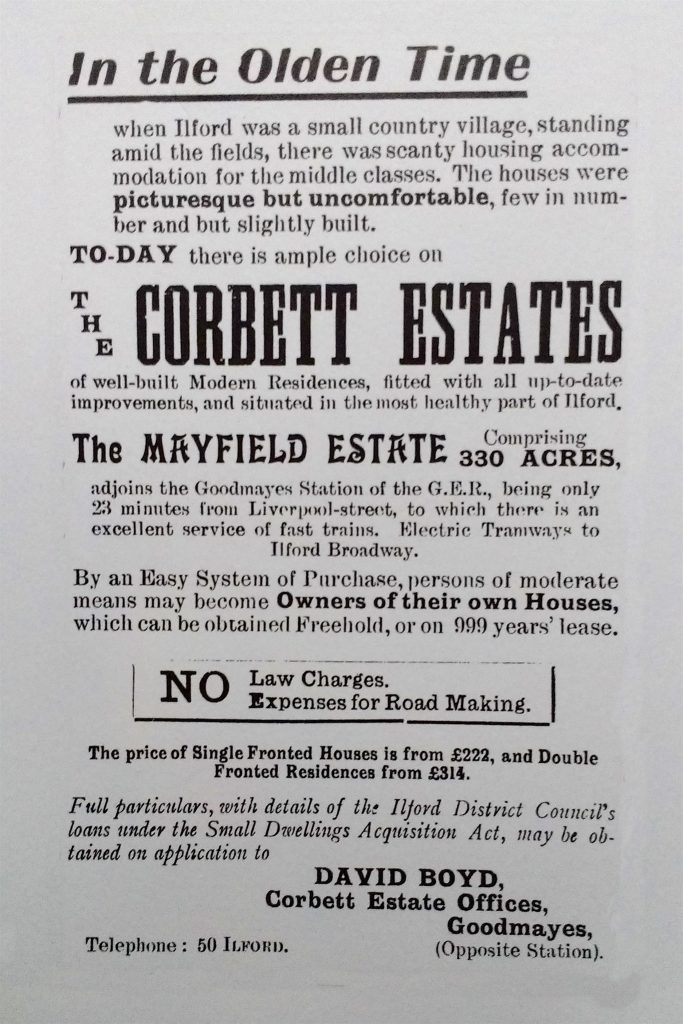
The four estates were Clementswood (started in 1893), Grange (1894), Downshall (1897) and Mayfield (1899). Each estate had an Agent, usually living on site, and a Clerk to assist him. We’re fortunate to have a first-hand written account of what it was like to work for the Corbett Estates company, from one of its long-serving clerks, William Browning. He joined aged just thirteen in 1894, and was initially based on the Grange estate before moving to Downshall, and eventually Eltham Park in south-east London (the last of Corbett’s seven estates). According to Browning “The office on the Grange Estate was a double-fronted 31ft frontage house, No.1 Belgrave Gardens, in the York Road, Ilford; the drawing room being divided into two by a wooden partition; the back portion being part of the house where the Agent [Mr Robert Pettigrew] lived rent free, left only a small portion of the room for use as an office, and this was partitioned off by a mahogany counter, with a small outer place for enquirers furnished with two chairs…
“Mr A.C. Corbett would frequently come down from Town, always very correctly attired in silk top hat and morning coat, which was the mode in those days… Mr Corbett and Mr Pettigrew would have long conversations which, as there was no privacy, I could not help overhearing; afterwards Mr Pettigrew would earnestly consult me, to refresh his memory as to some instruction given to him, upon Estate matters.
“Upon the first occasion that Mr Corbett came down when Mr Pettigrew was out, he very kindly enquired as to how I liked being there, and when I had suitably replied, I went on busily writing out our book of Ground Rent and Instalment receipts upon which I had been engaged. He thereupon sat himself down on one of the seats in the callers’ limited space, and placed his long legs and feet up on the other. He said no more to me, but rested there patiently until Mr Pettigrew came back. I noticed what a nice pair of new shoes he wore” 6.
The houses and ethos here were quite different to Woodgrange, in that whilst the latter was aimed at fairly wealthy shop owners and the like, the developments in Ilford were built primarily for people lower down the social scale: newly-emerging white-collar workers who ordinarily would have been renting in London, but who could just about afford to buy a cheap Corbett House out in the suburbs. The nearby Great Eastern Railway made it feasible to commute to their city jobs, especially when Corbett arranged for two new stations to be built, at Seven Kings and Goodmayes, to serve the new estates (this was achieved by his guaranteeing the Railway that they would sell at least £10,000 in season tickets in the first five years, and by laying down £1000 as a security).
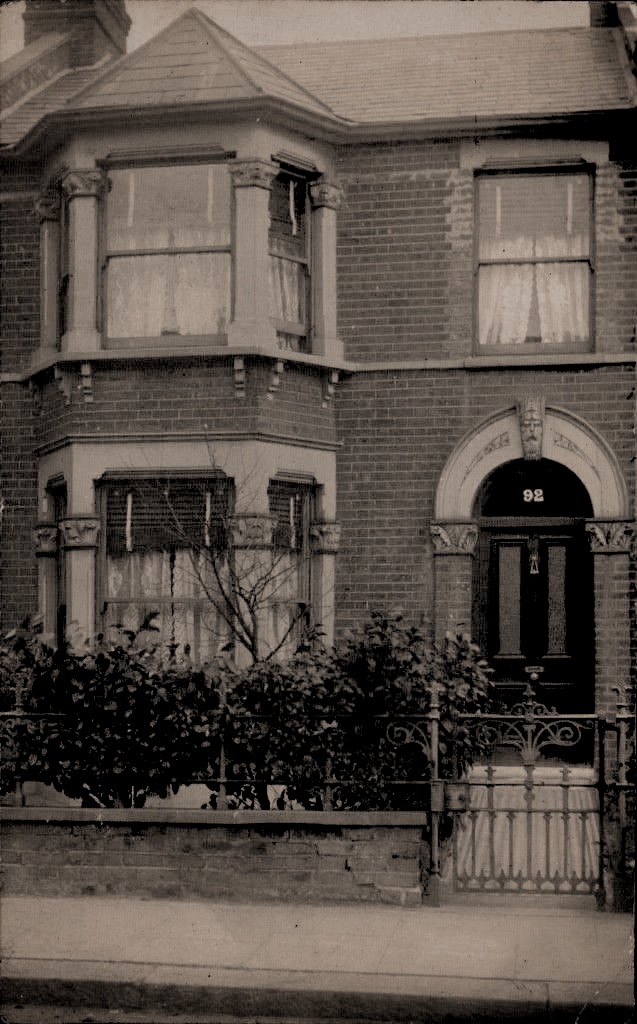
According to the 1911 Census, fully 31% of the total working male population of Ilford were doing clerical jobs, against 12.5% of the male working population across London as a whole 7. That year, the Ilford Urban District Council announced ‘Ilford was created by the city worker for the city worker, and it is a model of what a residential locality should be for the professional and commercial class.’ 8
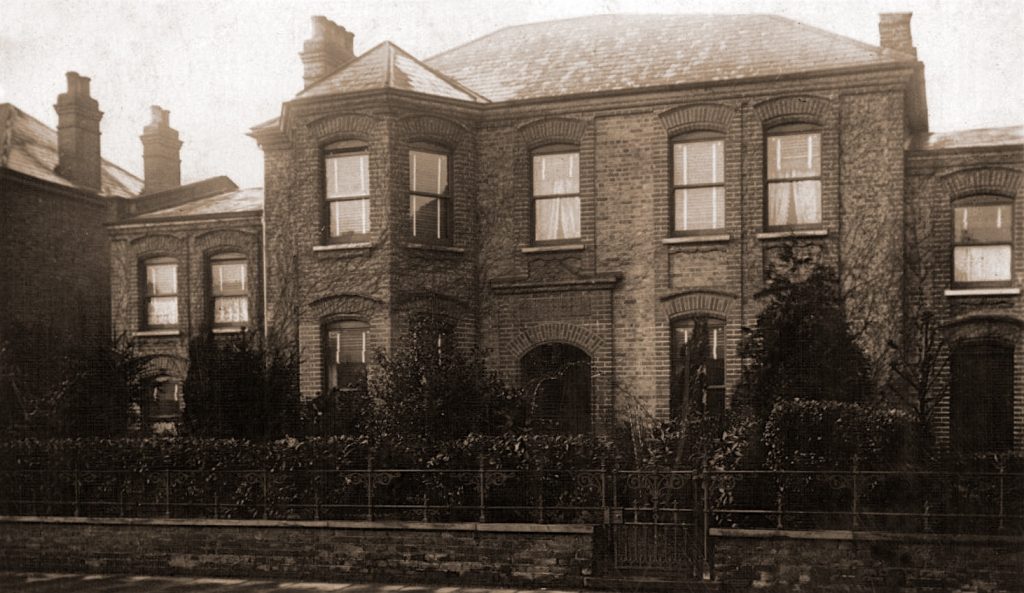
The Ilford estates are also different in that Corbett was creating fully-functioning communities, with schools, churches, parks and shops – but no pubs: he was a strict teetotaller. He wouldn’t have paid for all these amenities (though he did donate parks and land for churches), but they figured in his overall plan, which was to build a society around the values he believed were important: temperance, respectability, healthy living and self-reliance.
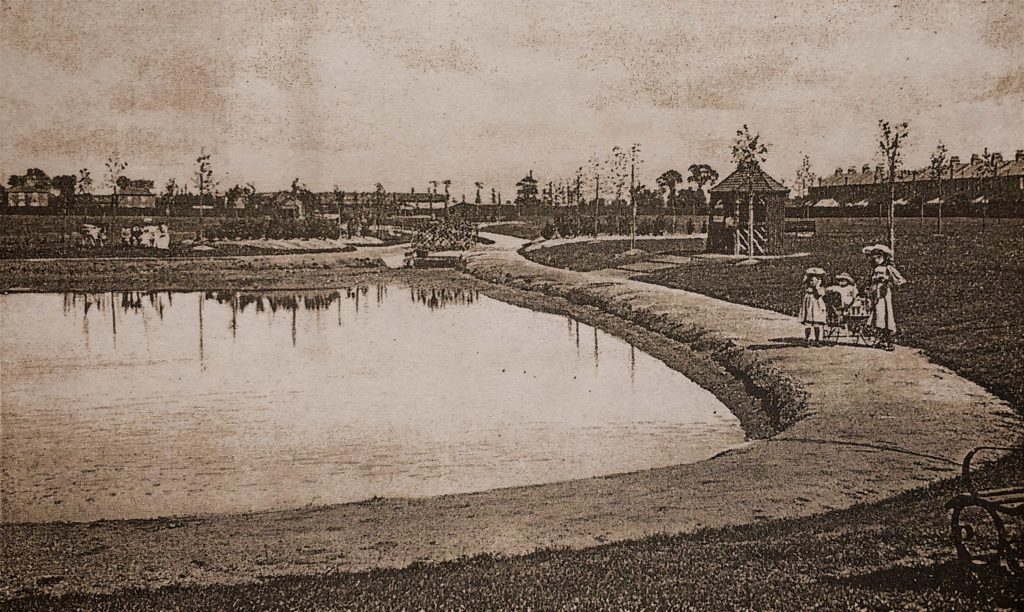
The majority of the houses were smaller than at Woodgrange, so that they could be within reach of the less well-off, and Downshall in particular saw them go up at a rate of knots. In fact, they went up so quickly that Archibald’s promised land of healthy living suffered quite a few teething troubles: ‘the unlit roads were made almost impassable by thick mud in winter, and in summer, the early settlers were blinded and soiled by grey dust’. Eventually though, the land ‘was planted with several thousand small houses, their bay windows in monotonous line, each front porch with its little figurehead, all arranged in ‘a vista of apparently interminable roads’ 9
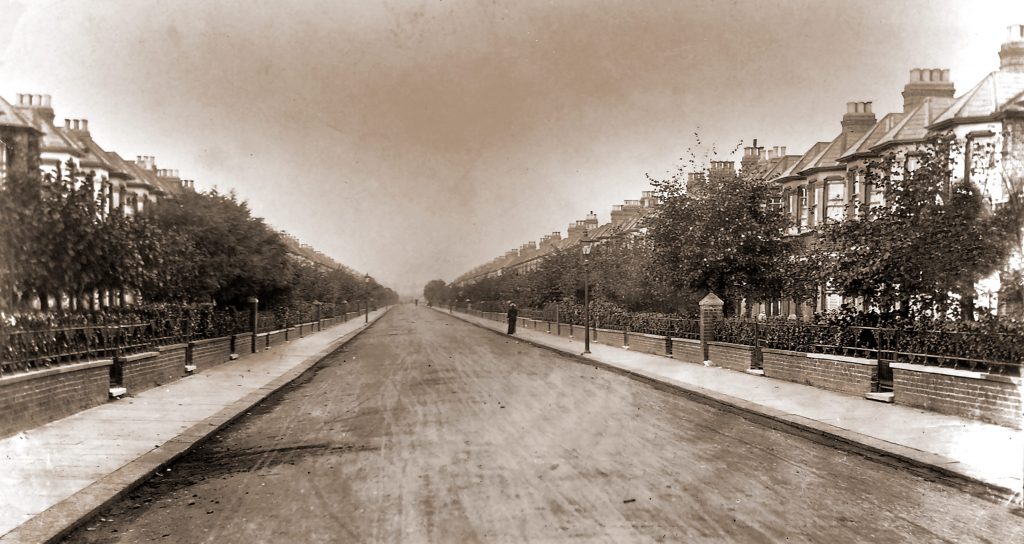
The ‘interminable roads’ were laid out for Corbett by Verlyck and Dunn, architects and surveyors of Ilford, and the main contractor was Robert Stroud, who had graduated to house building after gaining experience laying Ilford’s main drainage in the 1880s, and who went on to become the Chairman of the local council.
They may not have been the most beautiful houses, and the long straight roads do create a sense of monotony, but their value to Ilford was enormous. This was recognized by the Vice Chairman of the council, Mr Burleigh, speaking at an event when Archibald visited in 1902: “Ilford owes a great deal to Mr Corbett, for I shall not be saying too much when I state that the impetus given to Ilford was given by Mr Corbett. Those of us who lived not far from Ilford a few years ago little dreamed what the town would become. Mr Corbett came here and with his magnificent, comprehensive mind saw something that many people did not see. And the result was that he dared a venture that has been to the good of all. How many in Ilford have cause to express their thanks – if they are honest – to Mr Corbett for giving them a start in the right direction, of acquiring their homes and of taking care a little. How many there are who were anxious to possess a house, and yet it was Mr Corbett who made it possible here!” 10.